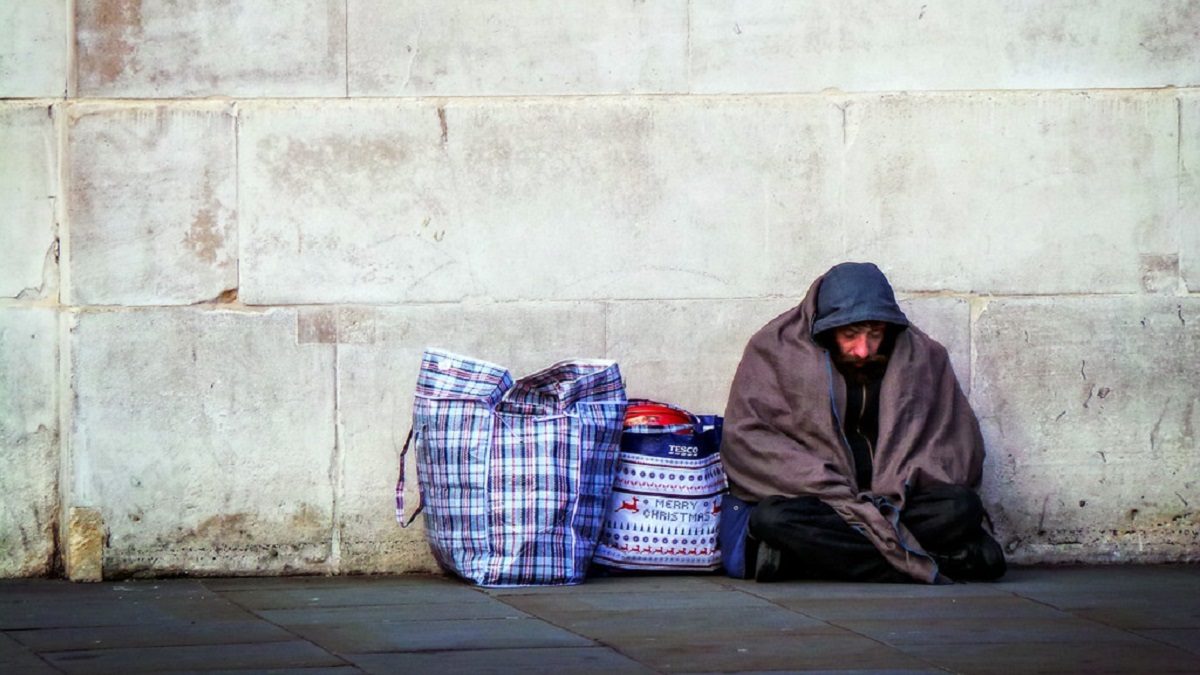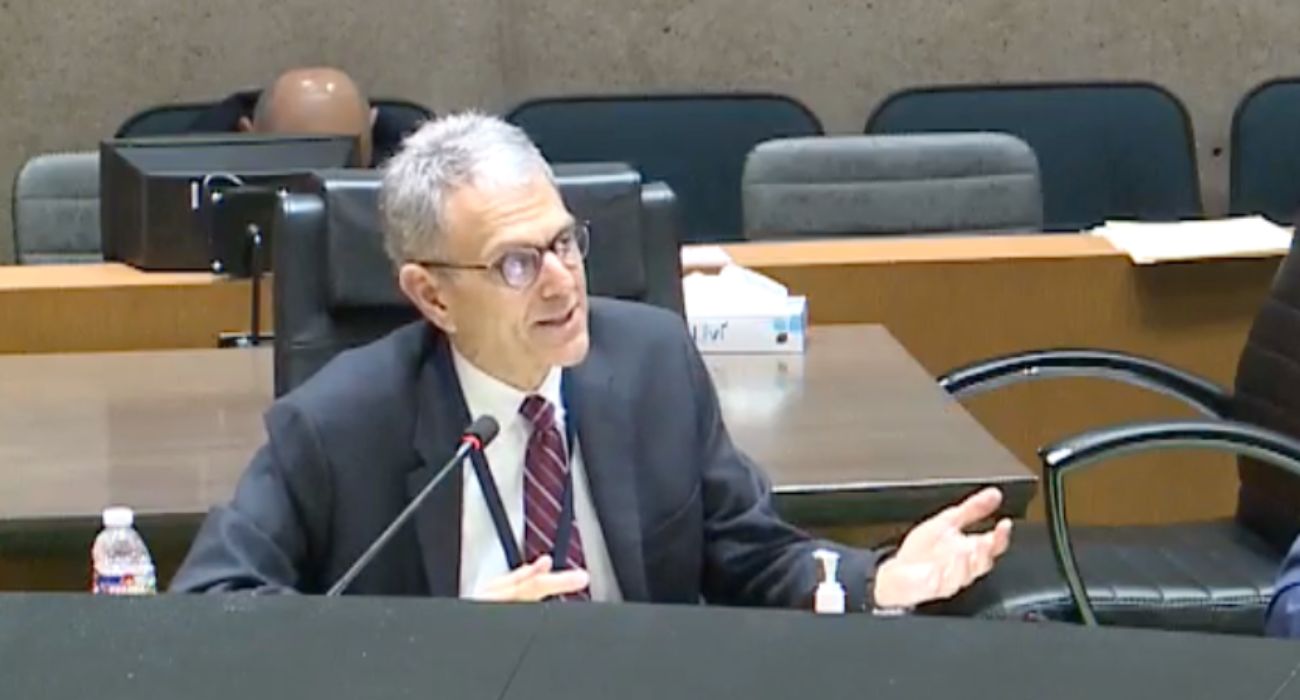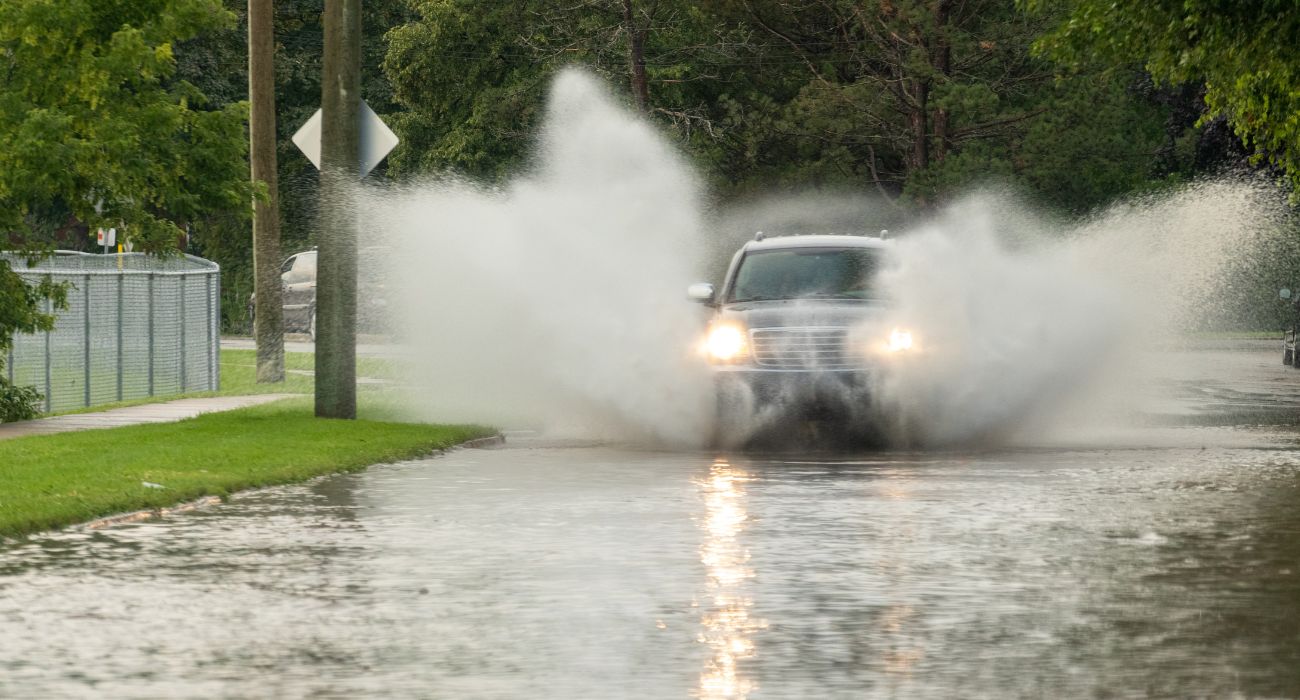An allegedly mentally ill homeless man was reported to have been harassing citizens on May 10 at a gas station in the Oak Lawn neighborhood in Dallas, Texas, causing concern among residents and raising questions on how best to address issues regarding homelessness and mental illness.
Mark Story, a North Oak Lawn resident, posted about the experience on the Nextdoor app, stating that he called 911 after seeing the homeless man harass several women near a gas station, including one family with a small child. Story also claims the police took 25 minutes to arrive and spoke with the man for only a few minutes before departing. Shortly afterward, the man allegedly assaulted a woman.
“I saw something, I said something and it did no good,” Story stated in his Nextdoor post.
This most recent incident reflects widespread concern about the appropriate methods for resolving incidents involving individuals who are dealing with mental health disorders, with some municipalities considering replacing police officers with mental health professionals, while other municipalities, such as Dallas, have chosen to provide police officers with special training for dealing with such incidents.
Additionally, other jurisdictions have established dedicated Crisis Intervention Teams (CIT) to handle situations that include individuals experiencing mental health or substance addiction issues.
However, activists who previously campaigned for broad reforms to the Dallas Police Department are skeptical of the police department’s continued involvement in responding to mental health crisis calls, including the RIGHT Care program, which was established in 2018 to reform how Dallas police respond to mental health crisis calls.
“Police come with the burden of the badge and are grossly undertrained, and underprepared, to engage in the type of services people in mental health crises need and deserve,” Sara Mokuria, co-founder of Mothers Against Police Brutality, a nonprofit that tracks police violence, said.
Conversely, proponents of RIGHT Care maintain that law enforcement is critical to the program’s effectiveness because trained police provide protection.
“It’s very hard to predict what is really going on at a scene,” B.J. Wagner, a senior fellow at the Meadows Mental Health Policy Institute, said. “A central part of law enforcement has always been to secure the scene, ensure the safety of the community and the person in need, and to ensure that no one has been a victim of a crime.”
According to the Mental Illness Policy Organization, a January 2015 report conducted by The U.S. Department of Housing and Urban Development discovered that 564,708 people were homeless in the United States on “any given night,” while research in 2014 revealed that at least 25% of American homeless persons, approximately 140,000 people, were suffering major mental health problems.
A New York Times report on the homeless population in Berkeley, California reflected that survey, stating that, “on any given night there are 1,000 to 1,200 people sleeping on the streets and “half of them are de-institutionalized mentally ill people.”
One study also revealed that 28% of homeless people who had previously been hospitalized for mental health issues survived partially on food from garbage bins, while 8% relied entirely on garbage bins for food.
Additionally, a 2008 survey conducted by the United States Conference of Mayors discovered that mental illness is a significant cause of homelessness, indicating that the homeless population has been growing steadily since the 1970s, particularly among individuals that suffer severe mental illnesses.






